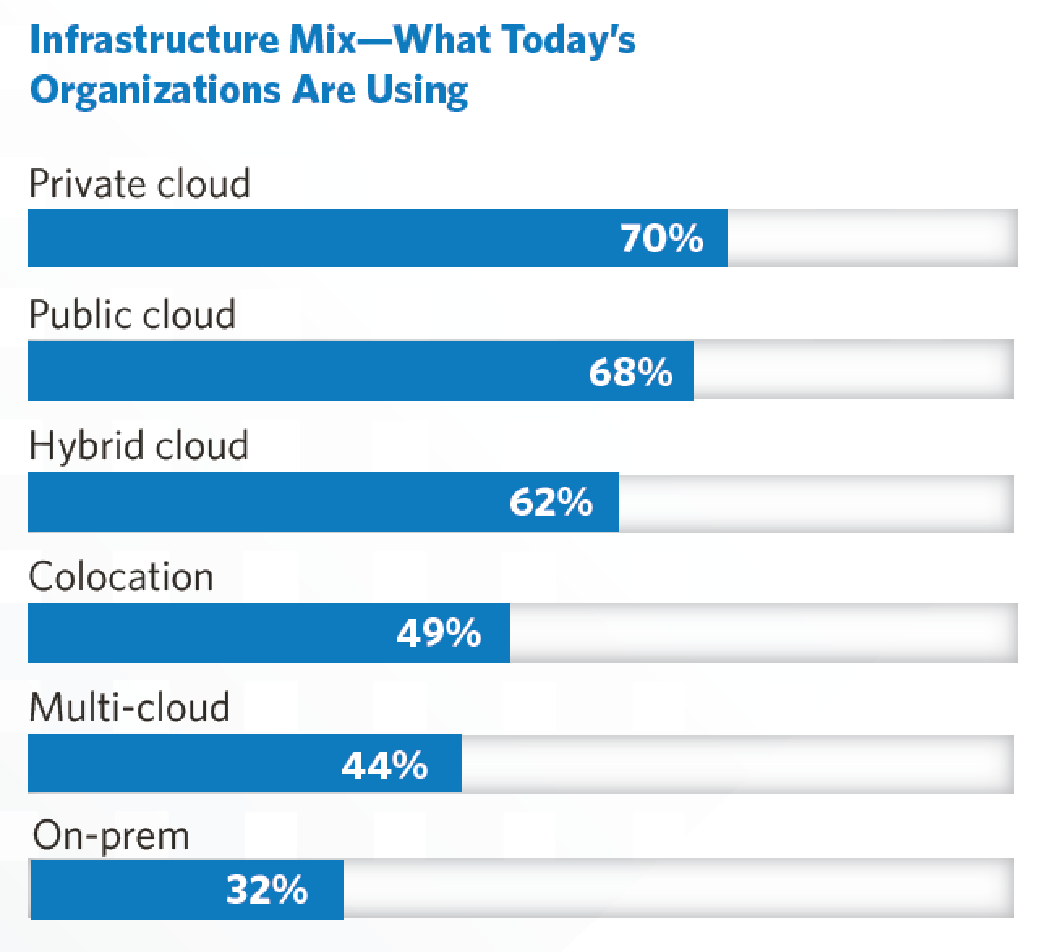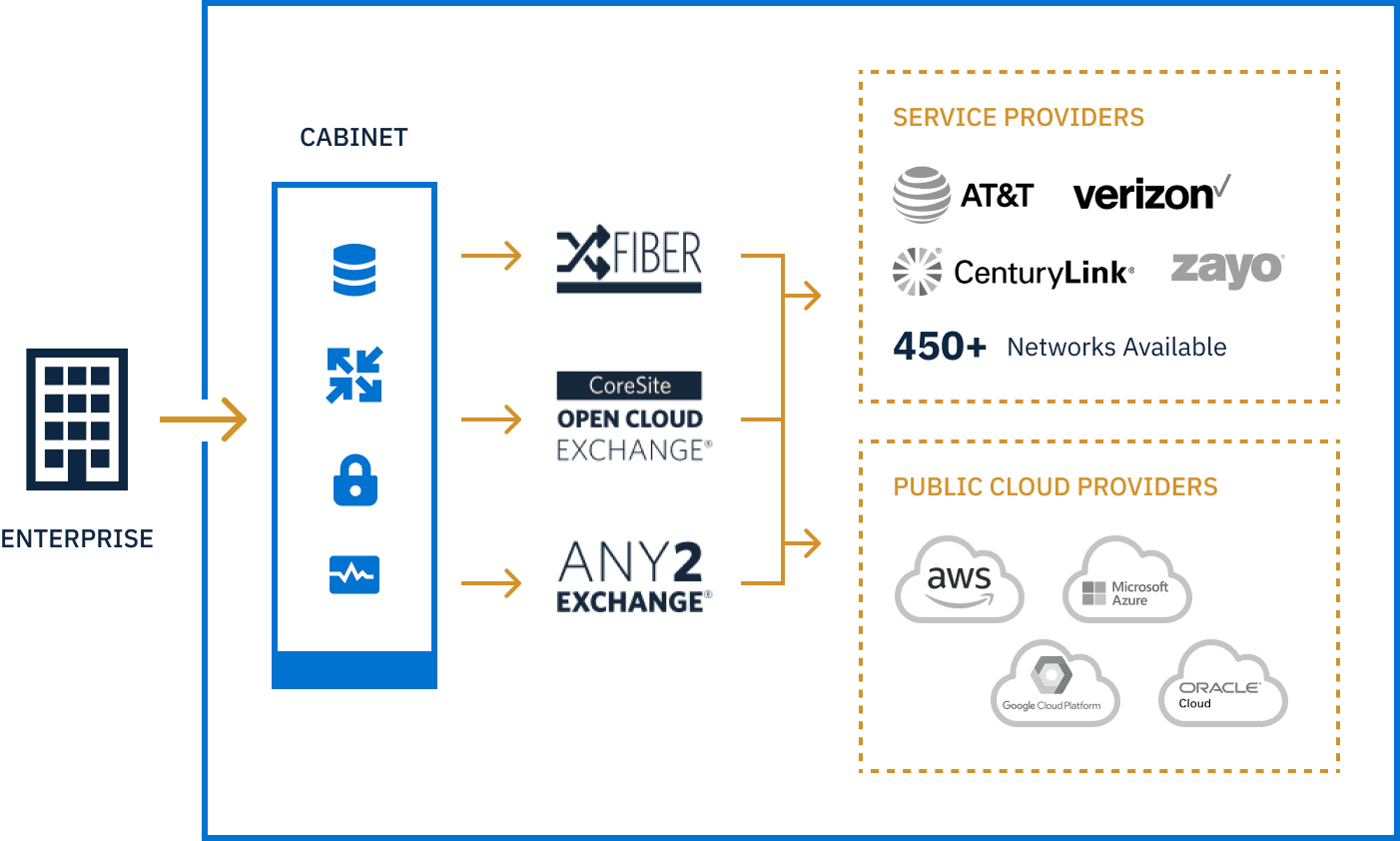
Enable Digital-First Customer Experiences with a Managed Cloud Network Strategy
One of the main themes to emerge in parallel with digital transformation and digital-first business is the expectation of an exceptional customer experience.
Today, both business consumers and end users demand a fast, reliable and flawless journey, whether they’re consuming streaming content, using their daily productivity apps or simply trying to change the course of human history with transformative technologies like artificial intelligence (AI).
Companies of all shapes and sizes are rushing to capitalize on new opportunities created by the market’s evolving demands. Specifically, they’re turning to public cloud service providers and launching their own private clouds to gain the speed, power and capacity they need to grow.
But in the rush to extend their business’s reach, many organizations are abbreviating their strategic network planning in favor of a “deploy-now-figure-it-out-later” approach. Predictably — despite initial benefits — IT teams end up struggling to gain full visibility into and control over workloads and ensure applications operate at peak efficiency and performance.
Multicloud and Hybrid Cloud Management Challenges
The average enterprise employs approximately five clouds (if you add colocation into the mix, there are six common options¹) and often relies on dedicated internal cloud teams to manage and optimize them all. But the impending clash between increased cloud investments and available cloud talent will bring many companies to an unenviable crossroads sooner and with more severe consequences than they’d expected.

Enterprises will see a compound annual growth rate (CAGR) of over 21.0% through 2025.² At the same time, and on any given day, job portal Dice.com lists over 24,000 available jobs with “cloud” in the title.
The growing chasm between demand for cloud talent and what’s available on the market has the potential for creating a nightmare scenario for digital businesses. Not only will they have to compete with other businesses for scarce professional cloud talent (dramatically increasing the cost of acquiring that talent), but without a robust pipeline of cloud professionals to add to their rosters, companies will suffer from a lack of IT experience in modern infrastructure — especially related to building sufficient hybrid IT architectures and effectively monitoring, remediating issues and managing services across distributed platforms.
How Fast Should Your Website Page Load?
The potential harm of poor network planning can be even devastating, as a lack of a cohesive multi-cloud management strategy and of resources to develop one means organizations can expect increased network latency, network congestion and a marked decrease in application performance or availability. That’s not ideal at a time when end users are increasingly intolerant of latency or availability issues, a major source of negative customer experiences
Ideally, your website should load in less three seconds, according to John Mueller, Google senior webmaster trends analyst. If you’re an eCommerce website, you should strive for less than two seconds or you risk losing potential customers.³
Just Press Play with a Fully Managed Network Strategy Solution
CoreSite prides itself on anticipating the needs of its customers and the inevitable shifts in the digital landscape. That’s why the CoreSite Interconnect Gateway℠ and the Open Cloud Exchange® are such exciting and important solutions.

Interconnect Gateway was created as an “easy button” for complex multi-cloud network strategies. Developed with optimal performance and cost efficiency in mind, Interconnect Gateway creates secure, high-bandwidth connections to leading public clouds, network service providers, data centers and corporate offices.
The Open Cloud Exchange is a platform providing enterprise-class connectivity services to major clouds and digital ecosystems of enterprises and IT services providers.
With direct connectivity to and from on-premises servers to CoreSite’s carrier-dense edge locations, organizations can rapidly improve application performance and reduce network costs as traffic is efficiently routed between vendors through router, firewall and WAN acceleration services on the platform. The optimized networks — working around deficiencies in the broader WAN architecture that result in an improved, modern design and reduced WAN costs — dramatically reduces latency and produces a consistent end-user experience.
Importantly, CIG is also a fully managed solution that includes 24x7x365 management and monitoring provided by a trusted CoreSite solution partner. Outsourcing IT workloads to a vast network of approved solution partners allows any organization to leverage managed service providers’ consulting, managed IT and cloud services to recognize immediate boosts in cost control, efficiency, compliance, security and risk management— all within a single, cohesive ecosystem.
The Open Cloud Exchange simplifies connection, provisioning and one-to-many interconnection such that enterprise IT teams can orchestrate their multicloud and hyper-cloud deployments on their own, with CoreSite providing initial setup and ongoing tech support.
Managing enterprise IT architecture has never been more complicated or difficult. But with new, budget-friendly and customer-centric solutions like the CoreSite Interconnect Gateway and the Open Cloud Exchange, optimized networks and an exceptional, differentiated experience for customers is just a call away.
Visit CoreSite.com to learn more or call +1866.777.CORE to connect with a CoreSite solution specialist today.










